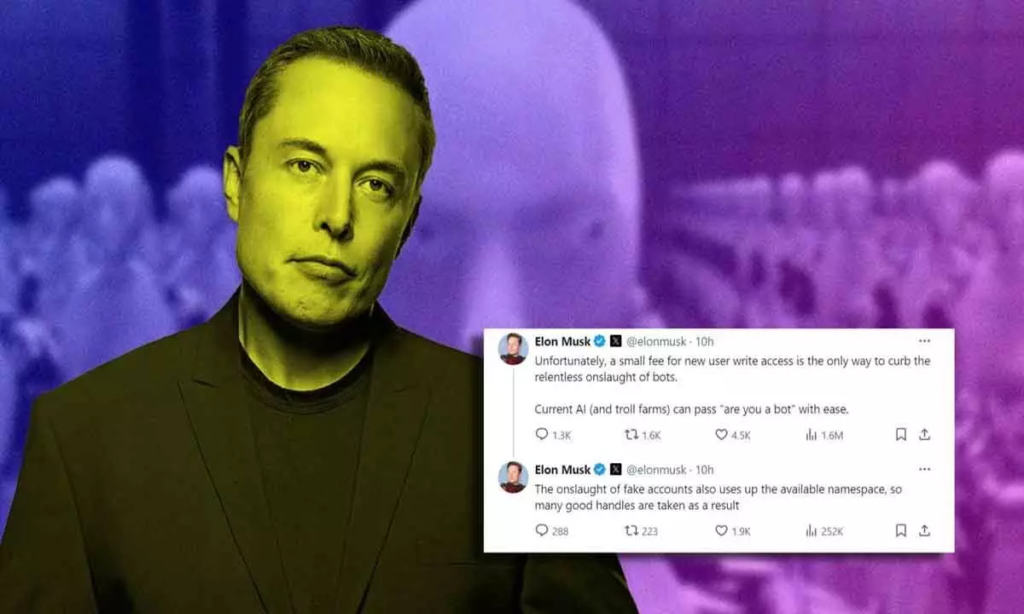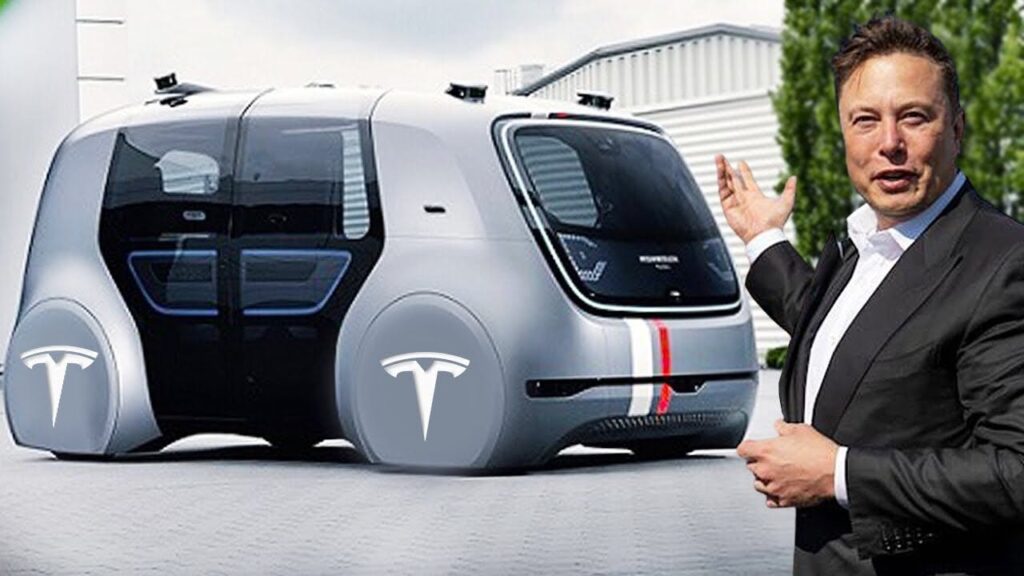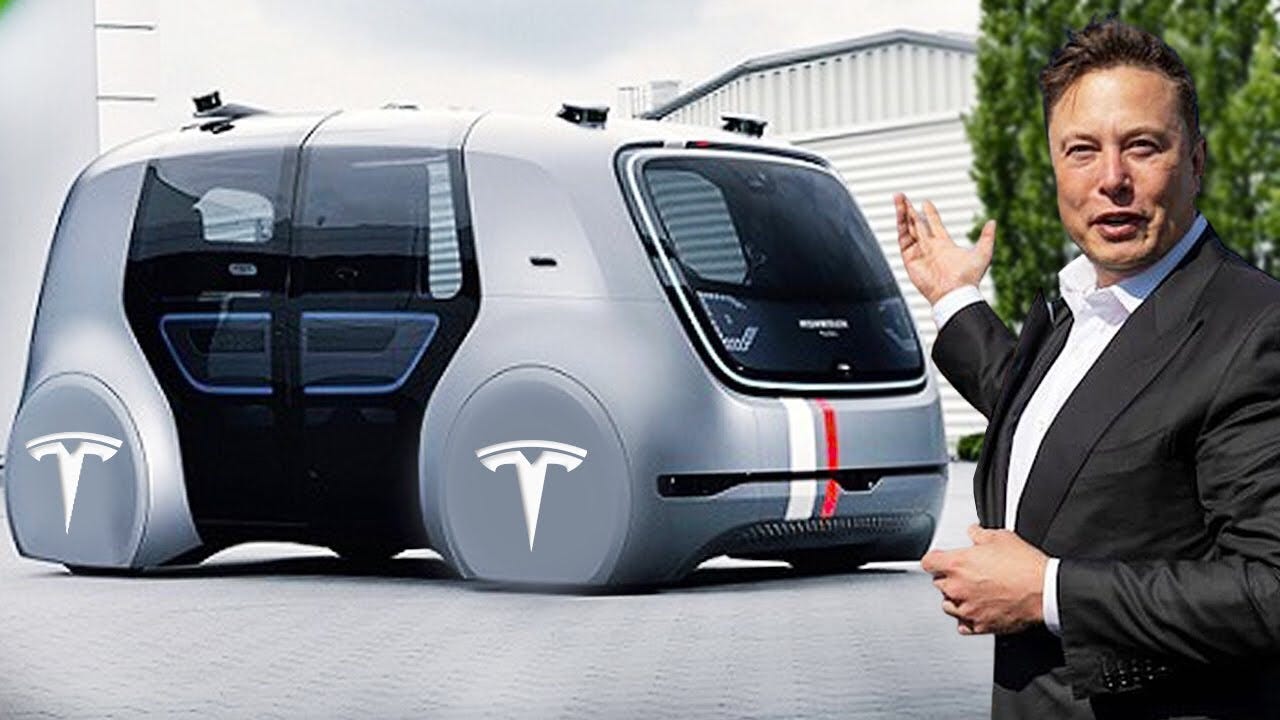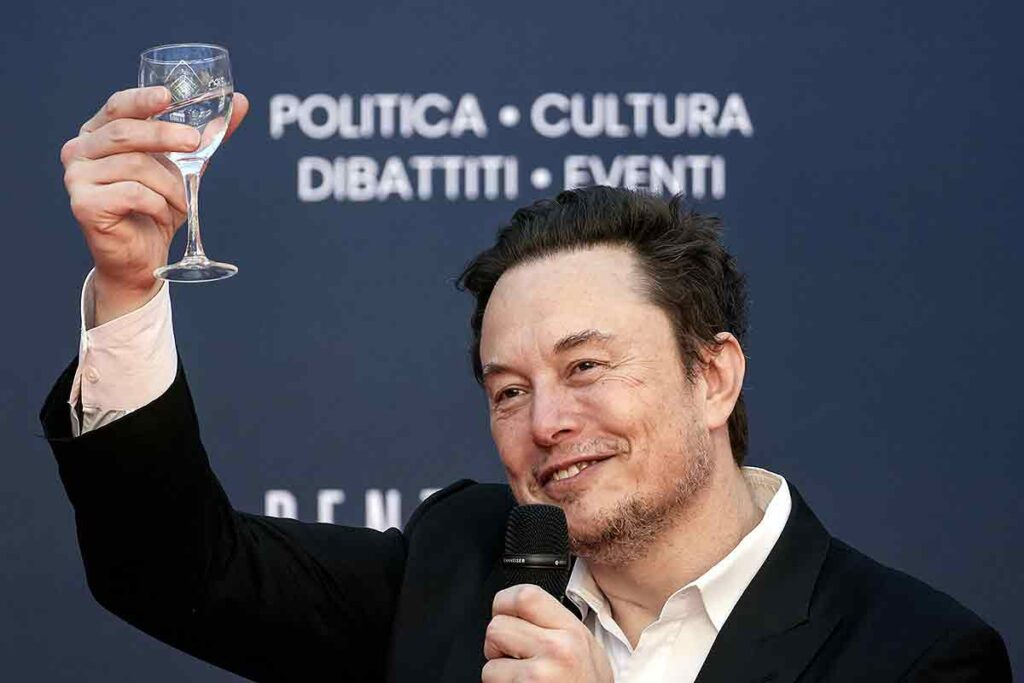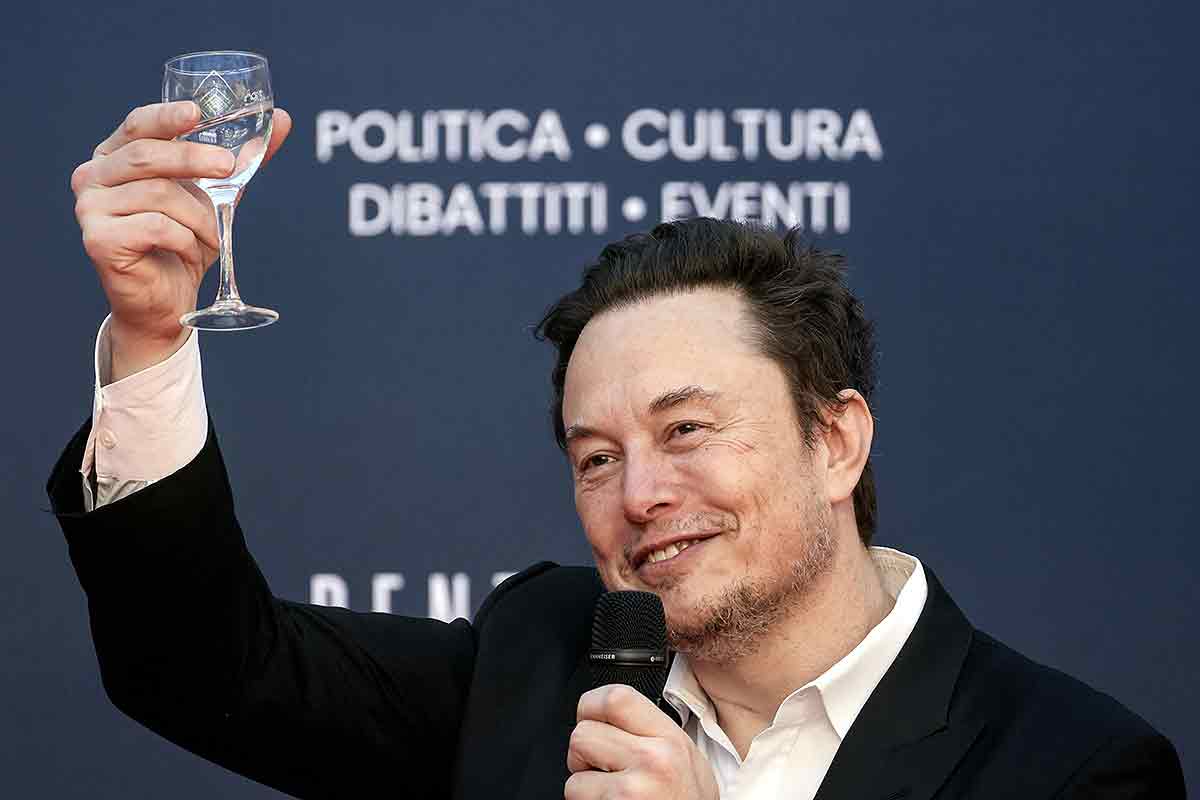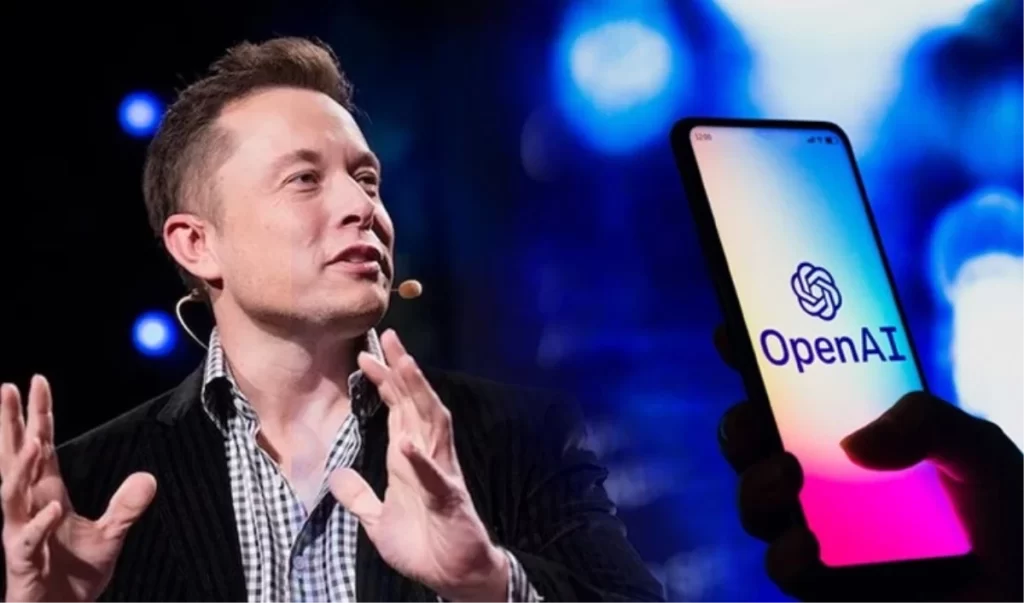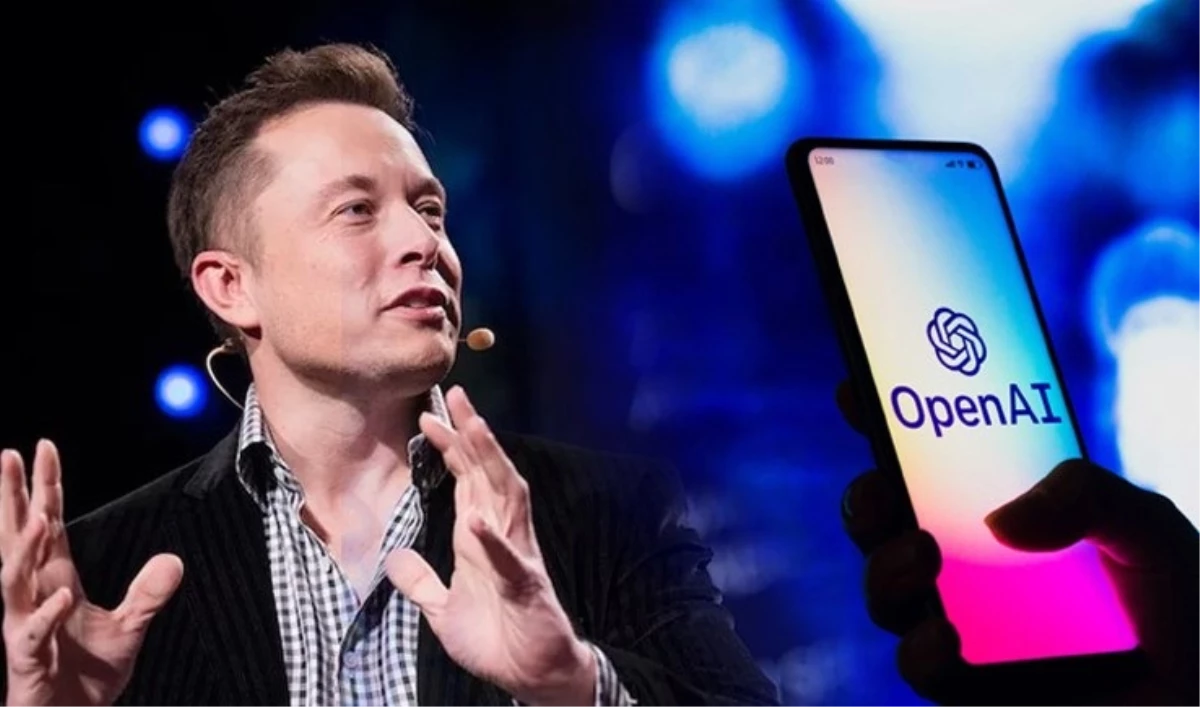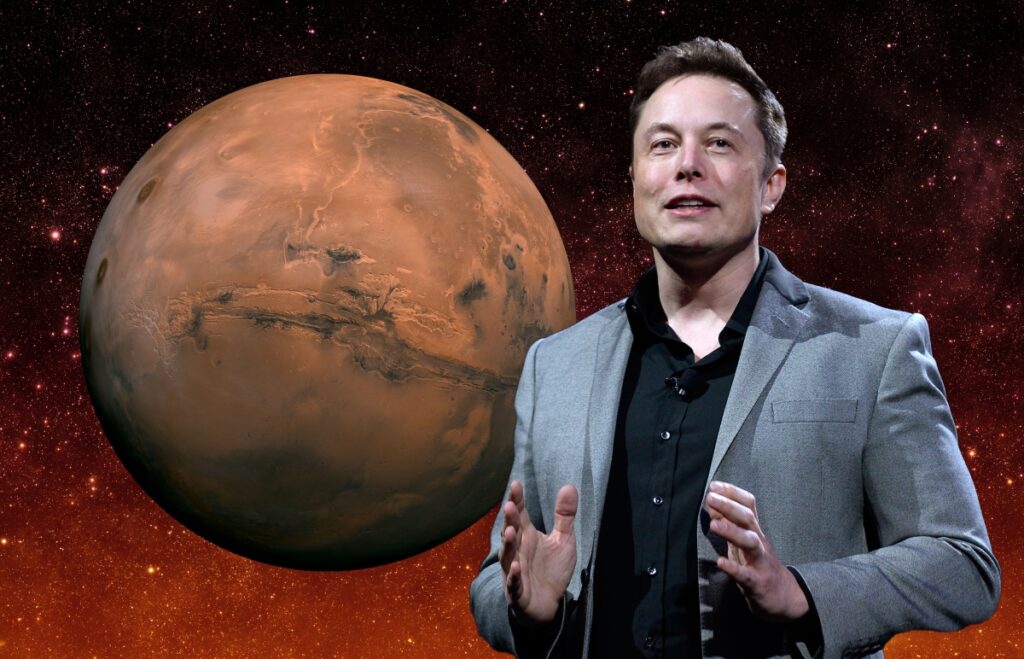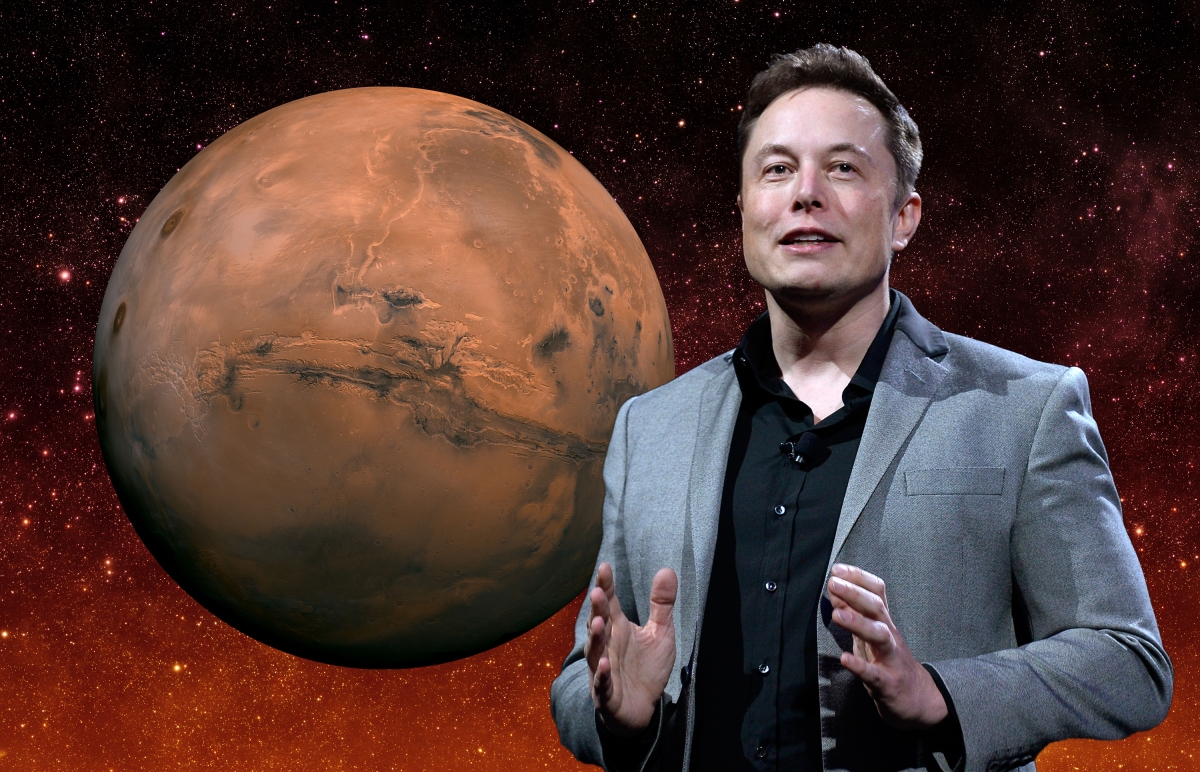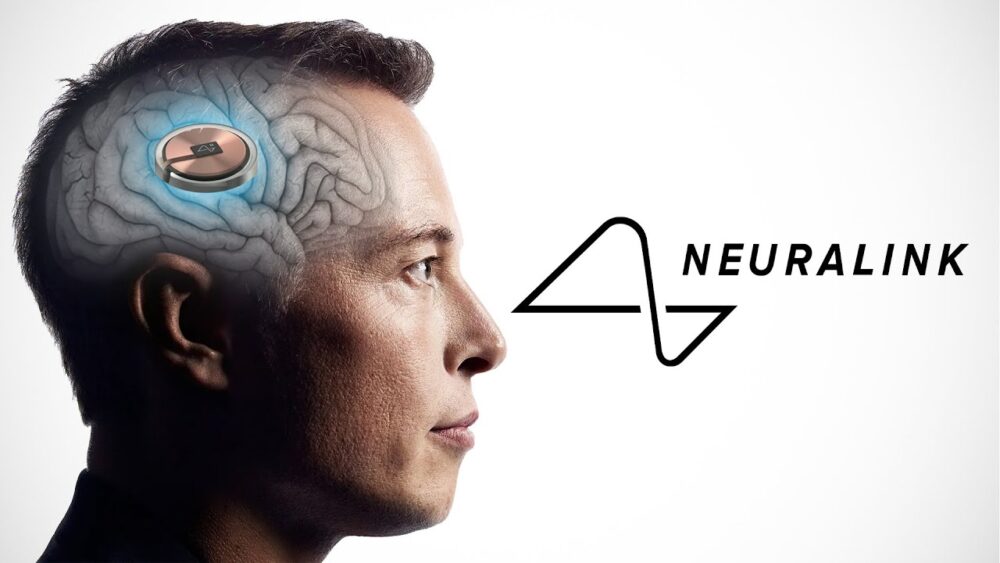Elon Musk Plan to Charge New X Users to Tweet
In a bold move that continues to generate buzz across the tech and social media sectors, X (formerly Twitter) CEO Elon Musk has confirmed plans to charge new users of the platform $1 for the ability to tweet. The initiative is part of a broader strategy to transform the business models of social media platforms with the aim of increasing revenues and improving content quality.
Musk's Monetization Moves
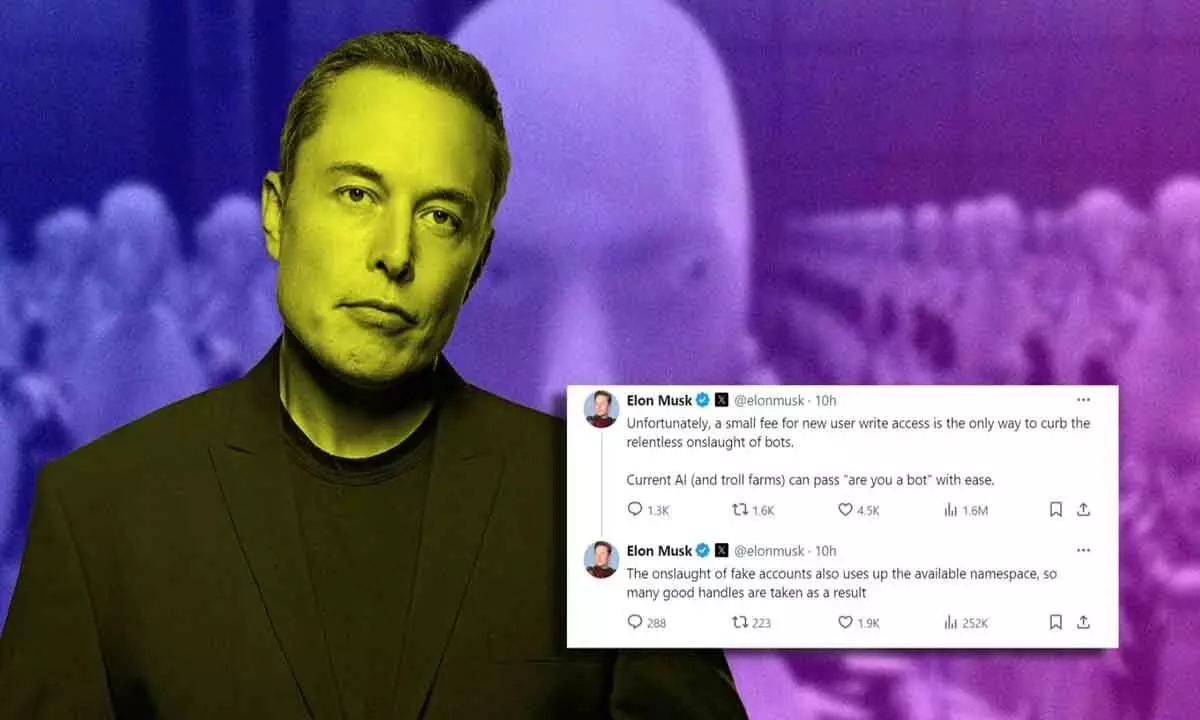
Image Source: thehansindia.com
Since acquiring X last year, Musk has introduced several changes aimed at monetizing the platform more aggressively. The decision to charge new users a nominal fee to tweet is seen as an effort to prevent spam and bots, which Musk has often cited as a significant issue impacting user experience and platform integrity.
“By charging a small fee, we can reduce malicious activity and ensure that our platform is used for more thoughtful and genuine engagement,” Musk explained in a recent interview. He believes that the fee, although minimal, will encourage users to think twice before tweeting, potentially increasing the quality of discussion on the platform.
Implementation and Response
The new fee will only apply to accounts created after the policy was implemented, ensuring existing users can continue to tweet without any charges. Users will have to make a one-time payment to unlock the tweeting capability and the feature will be available globally.
The response to Musk’s plan has been mixed. Some users applaud the effort to clean up the platform, while others criticize it for potentially limiting free speech and excluding those unwilling or unable to pay the fee. Critics argue that the move could create a barrier for users from economically disadvantaged backgrounds.
Financial and Social Implications
Financial analysts are watching closely to see how this new fee affects X’s revenue and user engagement. “It’s a risky move,” says tech industry analyst Lila Thompson. “Although this can reduce spam and increase revenue, it can also discourage new users from joining, which can stunt growth.”
Social media experts also consider the broader implications. “Social platforms have a responsibility to promote open communication,” says social media ethics expert Dr. Helen Ramirez. “This move by X could set a precedent that could impact other platforms, potentially changing the landscape of social media interactions.”
Looking Ahead
As soon as this policy is implemented, the tech community and X’s global user base will be eager to see its impact. Will this lead to a cleaner, more engaging platform as Musk hopes, or could it hinder the growth and vibrancy that social media is known for? Only time will tell whether Musk’s gambit pays off, but one thing is clear: The social media landscape is rapidly evolving, with X at the forefront of significant changes.
Elon Musk’s leadership has undoubtedly brought a new level of unpredictability and innovation to X, and his latest move adds another chapter to the ongoing saga of one of the most closely-watched companies in the world.
